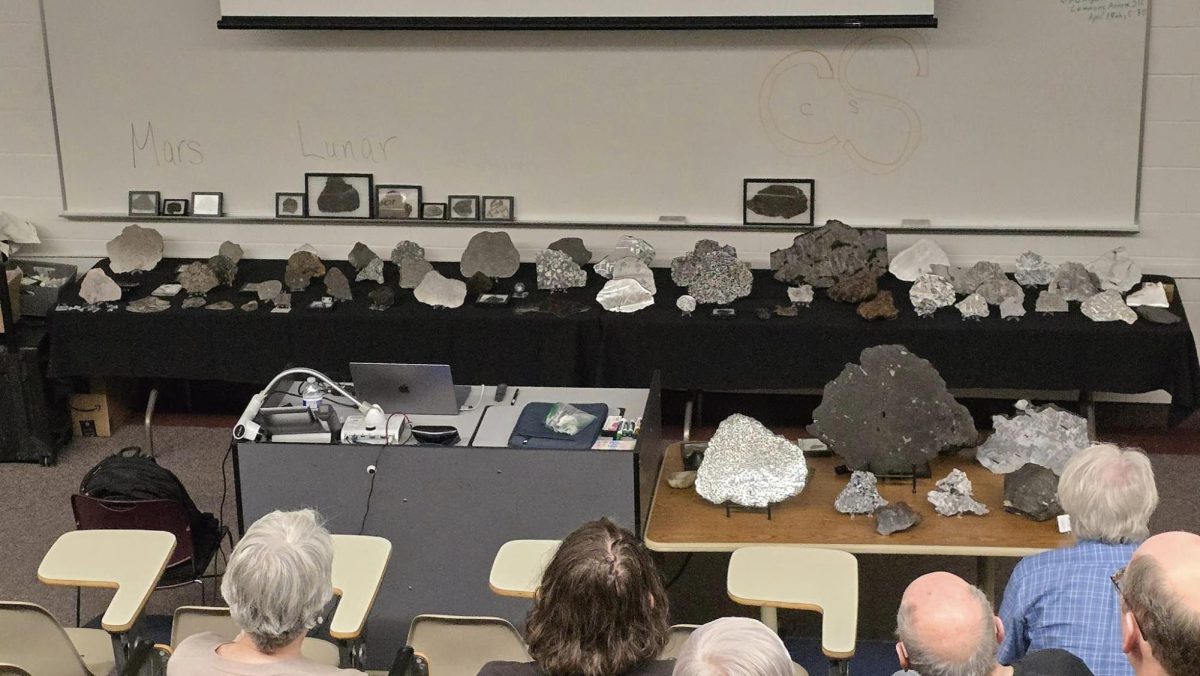Saturday a group of Calvin astronomers and physicists traveled to Ann Arbor to represent Calvin at the Michigan Space Grant Consortium’s Annual Conference.
Hosted at the University of Michigan, the conference featured a day of talks and a number of posters on display.
The talks covered a range of topics, from icy moons to satellite design.
Among the talks were two given by Calvin students and one by a Calvin professor, a favorable showing compared to Hope College, which presented posters but gave no talks.
Dan Van Noord gave the first talk of the day on a rare type of binary star (i.e. a pair of stars closely orbiting each other), including a Calvin-discovered record-holder for fastest-rotating star pair of this type. The two stars orbit each other faster than a satellite goes around the Earth.
Hannah Pagel and Sam Van Kooten together gave a talk on identifying asteroid families, sets of small asteroids which are the debris from large asteroid collisions. This type of work is a small piece of testing models of planetary formation.
Professor Steve Steenwyk presented on further discoveries of fast-rotating binary stars. These discoveries include a whole new class of binary star.
Additionally, Rick McWhirter displayed a poster on changes in the rotational period of two binary stars, which in one case indicates the star’s two components are veering toward a catastrophic merger.
All of these were based on summer research.
The keynote was co-presented in person by Harvey Elliott, a Ph.D. student, and via telepresence by Professor Nilton Rennó from NASA’s Jet Propulsion Laboratory in Pasadena, California. Both have worked with the Curiosity rover on Mars, which was the topic of their talk.
Another speaker described work by high school students in Kingsford, Mich., to launch a rocket with a life-sized Adam Savage mannequin strapped to the side. The ensemble, dubbed “Buster’s Revenge,” will be featured on the Science Channel later this month.
Other speakers from colleges and universities across the state presented on topics as varied as glass shards produced during impacts on the moon, science education in grades K-8, the effect on organic compounds of meteor impacts on Earth, and even bacteria living in sinkholes of Lake Huron, in conditions similar to those of the early Earth.






